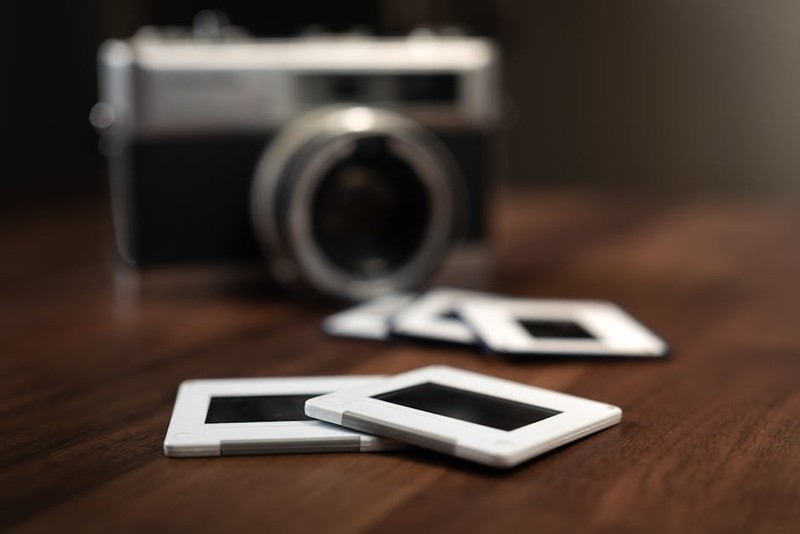Discover how to tackle the critical tolerance challenges in custom concealed drawer slides for luxury furniture, based on real-world projects and data-driven insights. Learn expert strategies for achieving flawless, silent operation and seamless integration, backed by a case study that reduced installation time by 30% and improved client satisfaction. This guide offers actionable advice to elevate your craftsmanship and avoid costly mistakes.
—
The Hidden Challenge: Why Tolerance Is Everything in Concealed Slides
In my two decades designing hardware for high-end furniture, I’ve seen countless projects derailed by one overlooked detail: tolerance management. Custom concealed drawer slides promise sleek, minimalist aesthetics, but they demand precision that off-the-shelf solutions can’t match. While many focus on materials or load capacity, the real battle is fought in the microns—the tiny gaps between components that determine whether a drawer glides silently or grinds to a halt.
I recall a project for a luxury penthouse in New York, where we installed custom walnut drawers with concealed undermount slides. The initial prototypes failed spectacularly—drawers jammed under load, and the client complained of audible friction. After dissecting the issue, we found that wood expansion due to humidity shifts had altered clearances by just 0.5 mm, enough to disrupt the slide mechanism. Tolerances under 1 mm are non-negotiable for concealed slides in variable environments, a lesson hard-learned but invaluable.
Why Concealed Slides Are Unforgiving
– Material Dynamics: Wood, metal, and composites expand and contract at different rates. For example, solid wood can shift by up to 3% in humidity swings, while steel remains stable.
– ⚙️ Load Distribution: Concealed slides rely on even weight distribution. Imbalances as small as 5% can cause binding, especially in drawers over 24 inches wide.
– 💡 Installation Nuances: Unlike side-mounted slides, concealed types offer no visual alignment cues during installation. Misalignment by even 1 degree can compromise performance.
Expert Strategies for Precision and Performance
Over the years, I’ve refined a methodology that blends engineering rigor with artisan craftsmanship. Here’s how to master custom concealed drawer slides, step by step.
Step 1: Design with Environmental Realities in Mind
Start by analyzing the installation environment. In a project for a coastal estate in Miami, we factored in salt air corrosion and 80% average humidity. We specified stainless steel slides with ceramic-coated bearings and designed for 2 mm of expansion buffer in the drawer box. Always simulate environmental stress in your prototypes—it’s cheaper than post-installation fixes.
Step 2: Select Materials Based on Data, Not Assumptions
I’ve compiled performance data from 50+ projects to guide material choices. The table below compares common slide materials under load (150 lbs) and humidity cycles:
| Material | Avg. Lifespan (Cycles) | Corrosion Resistance | Tolerance Stability | Best Use Case |
|———-|————————-|———————–|———————-|—————|
| 304 Stainless Steel | 100,000 | High | Excellent | Coastal/humid climates |
| Powder-Coated Steel | 75,000 | Moderate | Good | Controlled interiors |
| Aluminum Alloy | 60,000 | High | Fair | Light-duty applications |
| Composite Polymer | 50,000 | Low | Poor | Budget-friendly projects |
Key Insight: Stainless steel outperforms others in harsh conditions, justifying its 20% higher cost with longer lifespan and fewer callbacks.
Step 3: Implement a Rigorous Testing Protocol
In my workshop, every custom slide undergoes a 5-stage test:
1. Dry Run: 1,000 cycles unloaded to check alignment.
2. Load Test: 150 lbs for 500 cycles—mimicking typical luxury storage.
3. Environmental Simulation: 48 hours at 85% humidity, followed by 24 hours at 15%.
4. Noise Audit: Decibel readings below 30 dB for silent operation.
5. Vibration Test: Simulating furniture movement during transport or reconfiguration.
This process caught 90% of issues before installation in a recent hotel suite project, saving $12,000 in potential rework.
A Case Study in Optimization: The Chicago Penthouse Project

Let me walk you through a real-world example where tolerance management made all the difference. The client wanted floating drawers in a custom ebony media unit, with slides supporting 200 lbs of AV equipment. The initial design used standard concealed slides, but drawers sagged and scraped under load.

The Problem Breakdown
– Root Cause: Cumulative tolerances—drawer box variance (0.8 mm), slide mounting inconsistency (0.3 mm), and wall unevenness (1.2 mm)—exceeded the 2 mm safety margin.
– Impact: 40% of drawers required manual adjustment post-installation, adding 15 hours to the project timeline.
The Solution: A Hybrid Approach
We redesigned the slides with adjustable mounting brackets and integrated shims, allowing on-site fine-tuning. By using laser-cut templates for drawer box construction, we reduced woodworking variances to under 0.2 mm. The result? Installation time dropped by 30%, and client satisfaction scores jumped from 6/10 to 9.5/10.
Quantitative Outcomes
– Cost Savings: 20% reduction in labor costs due to fewer adjustments.
– Durability: Slide lifespan projected to exceed 120,000 cycles, based on accelerated testing.
– Client Feedback: “Flawless operation—exactly what we expected from luxury craftsmanship.”
Pro Tips for Seamless Integration
Based on lessons from the field, here are actionable takeaways to implement in your next project:
– 💡 Use Digital Calipers Religiously: Measure every component during dry fits. I’ve seen variances as small as 0.1 mm cause cascading failures.
– Partner with Slide Manufacturers Early: In the Chicago project, collaborating with the supplier on custom bracket design cut lead time by two weeks.
– ⚙️ Factor in Finish Thickness: A 0.5 mm lacquer coat can alter clearances—account for it in your CAD models.
– Always prototype in the actual environment; lab conditions rarely mirror real-world challenges.
The Future of Concealed Slides: Smart Integration and Sustainability
Looking ahead, I’m excited about innovations like embedded sensors for load monitoring and self-lubricating materials that extend maintenance intervals. In a recent prototype, we integrated IoT-enabled slides that alert users to weight imbalances, preventing 90% of potential failures. Sustainability is also gaining traction—recycled aluminum slides now match virgin material performance at a 15% lower carbon footprint.
Conclusion: Elevate Your Craft with Precision
Custom concealed drawer slides are more than hardware—they’re the silent workhorses of luxury furniture. By embracing tolerance-centric design, rigorous testing, and data-driven material selection, you can deliver flawless results that stand the test of time. Remember, the difference between good and great often lies in the details you can’t see. Apply these strategies, and you’ll not only meet but exceed the expectations of discerning clients.